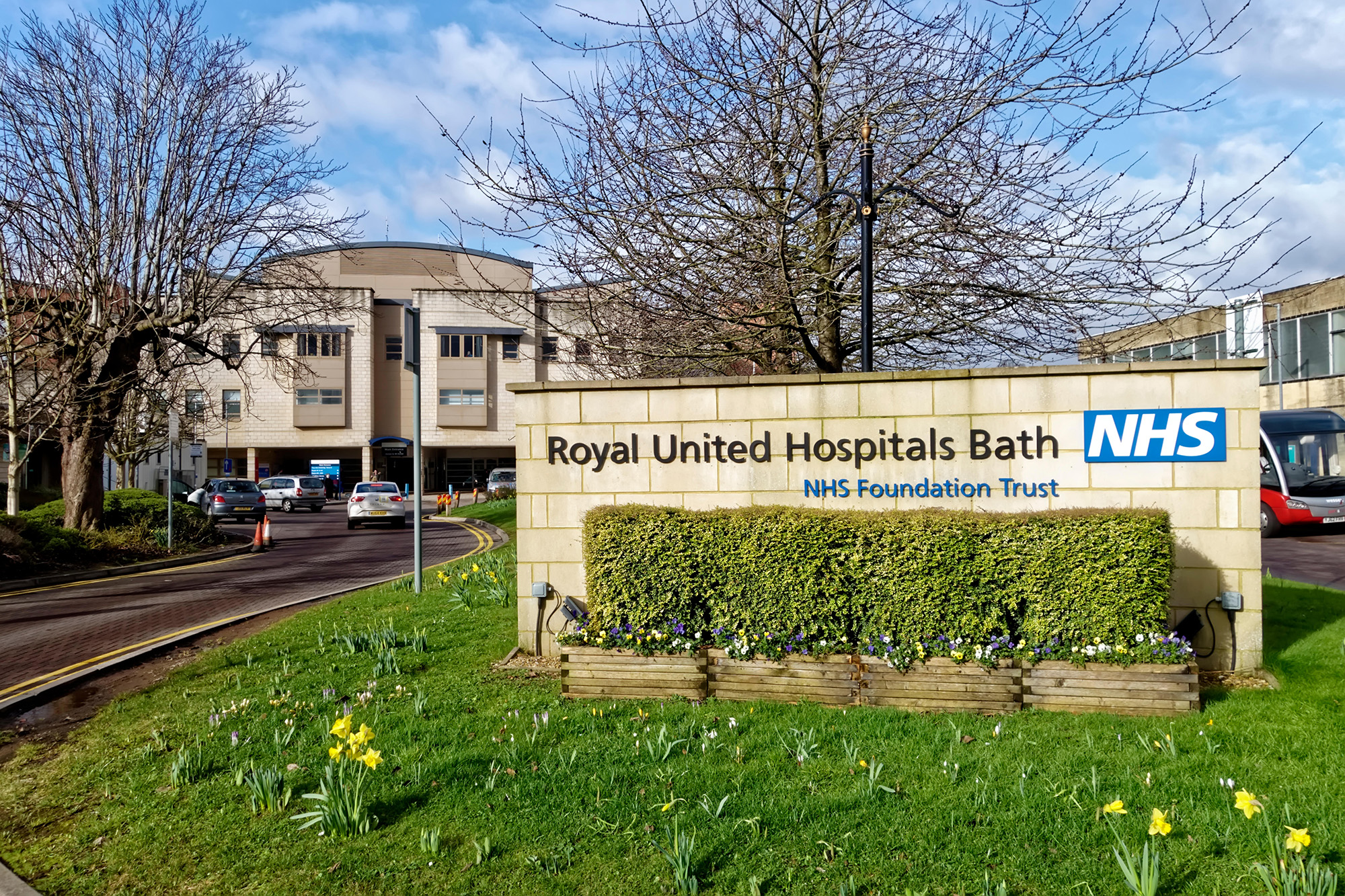Royal United Hospital Bath Decarbonisation Strategy for Royal United Hospital Bath
The strategy explored all options to decarbonise the site, enabling the client to assess different scenarios against other considerations, such as potential disruption to services.
In collaboration with the trust, the focus was on three main strands:
- Reducing Energy Demand: Optimising existing equipment and implementing upgrades.
- Maximising Renewable Generation: Increasing on-site renewable energy generation through solar PV.
- Eliminating Fossil Fuels: Electrifying energy use on the site.
Providing a strategy to eliminate fossil fuels on a site with a 2MW gas-fired combined heat and power plant, which also used gas for space and water heating, presented significant challenges. The strategy was to replace boilers with heat pumps or other low-carbon systems necessitating a major redesign of systems and pipework, given the existing steam-based infrastructure.
Additionally, the site was already near its grid capacity, and any additional demand—such as from new electric heating, ventilation, and air conditioning equipment, and electric vehicle charge-points—required an upgrade to the local distribution network.
Moreover, with buildings housing vital healthcare services that operate 24/7, it was crucial that the transition to electricity for both power and heating did not compromise resilience. These factors were carefully considered while exploring the options.








